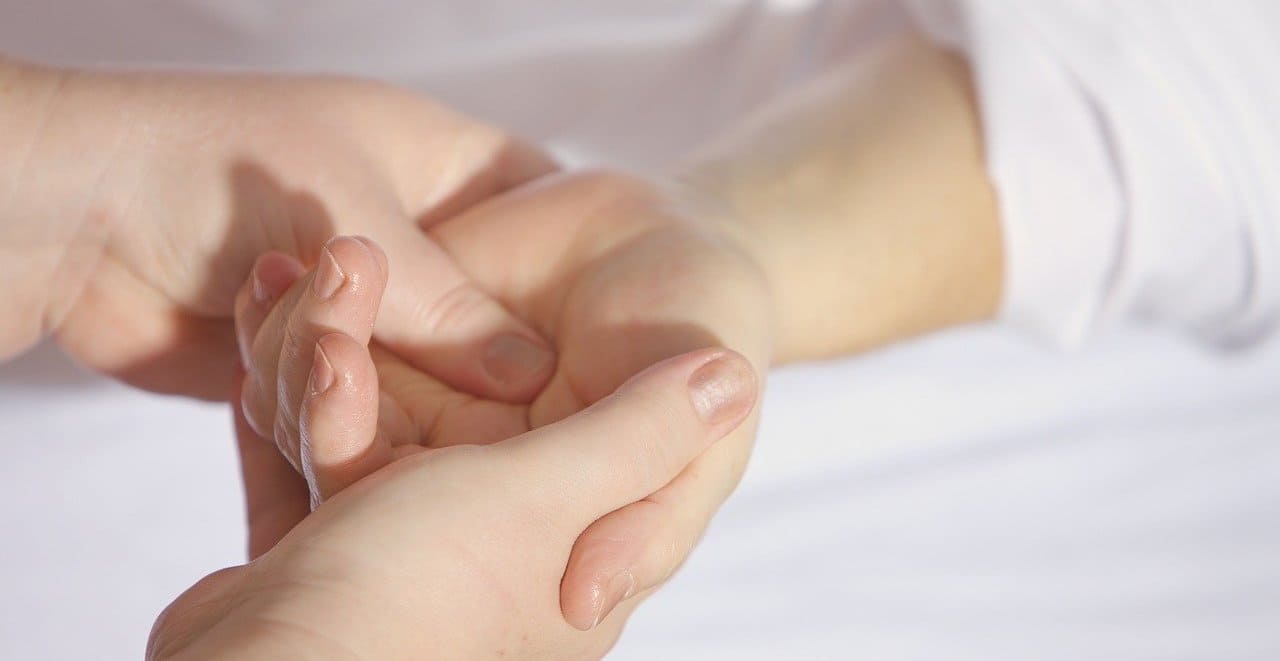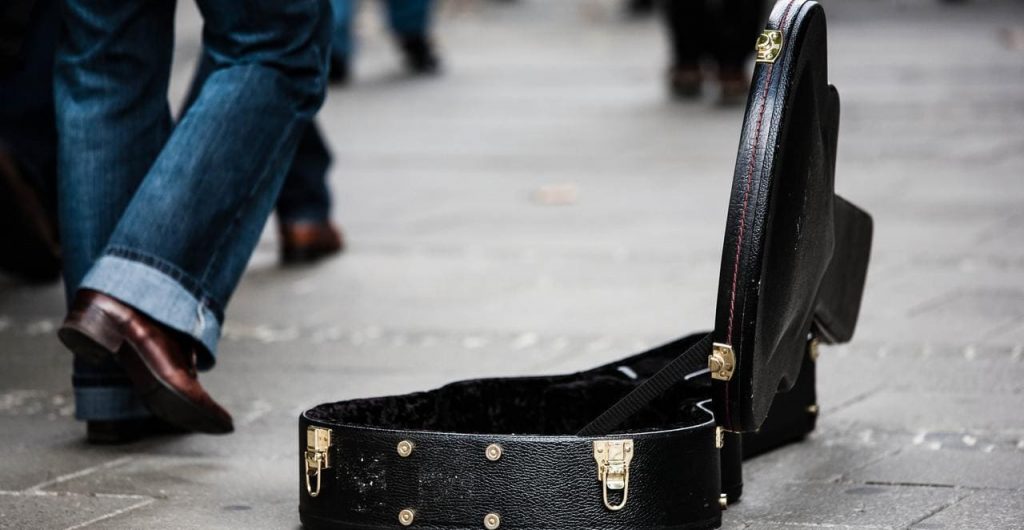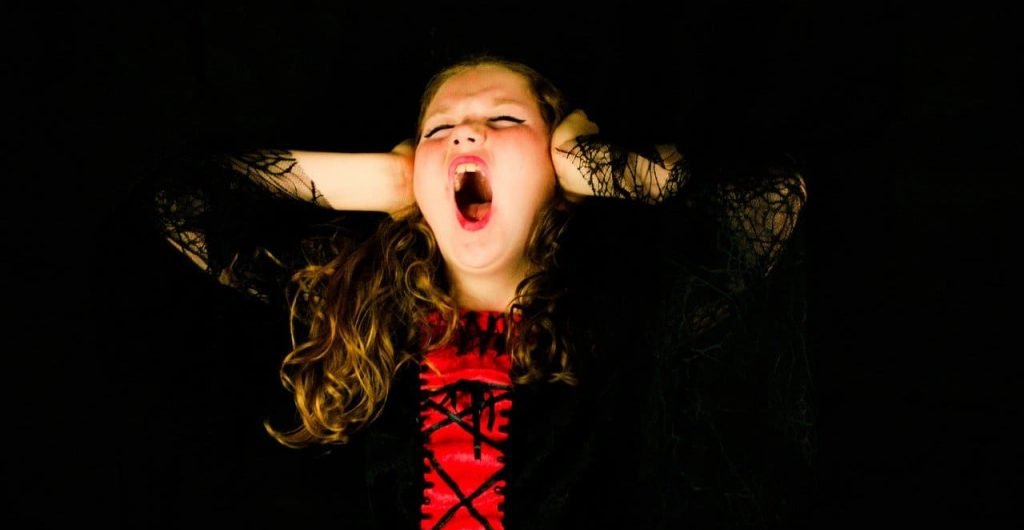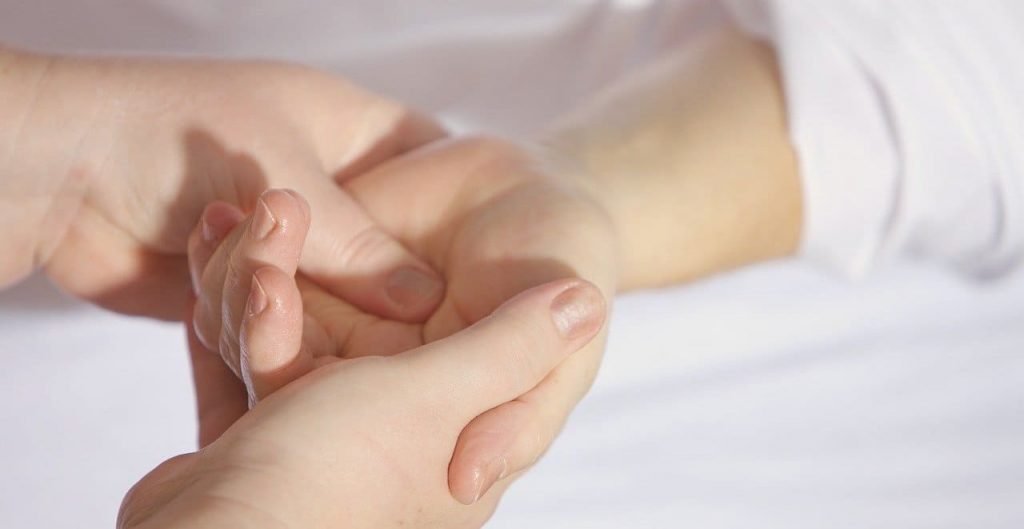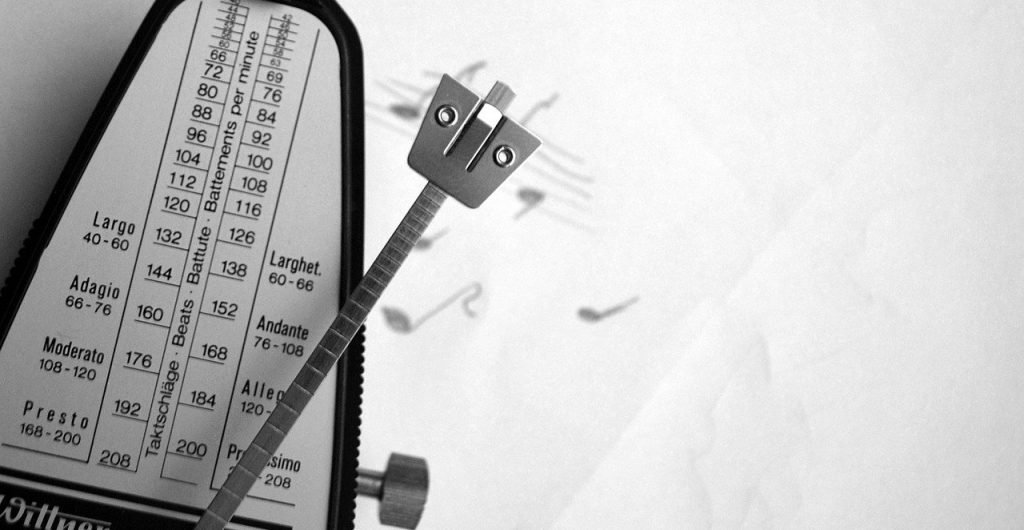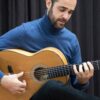If you are a musician, surely you have ever felt that your arms and hands are tired, or have even felt minor discomfort after a long and demanding day of study. I am «Daniel Vicente» a flamenco teacher and guitarist, and in the following paragraphs I am going to tell you about some tricks that I use in my day to day life when I feel that my arms and hands are tired.
Active Rest or Active Recovery
Have you heard of active recovery ? If you have practiced any sport at a professional or semi-professional level, surely yes, but before I tell you what it is, let me tell you about my experience.
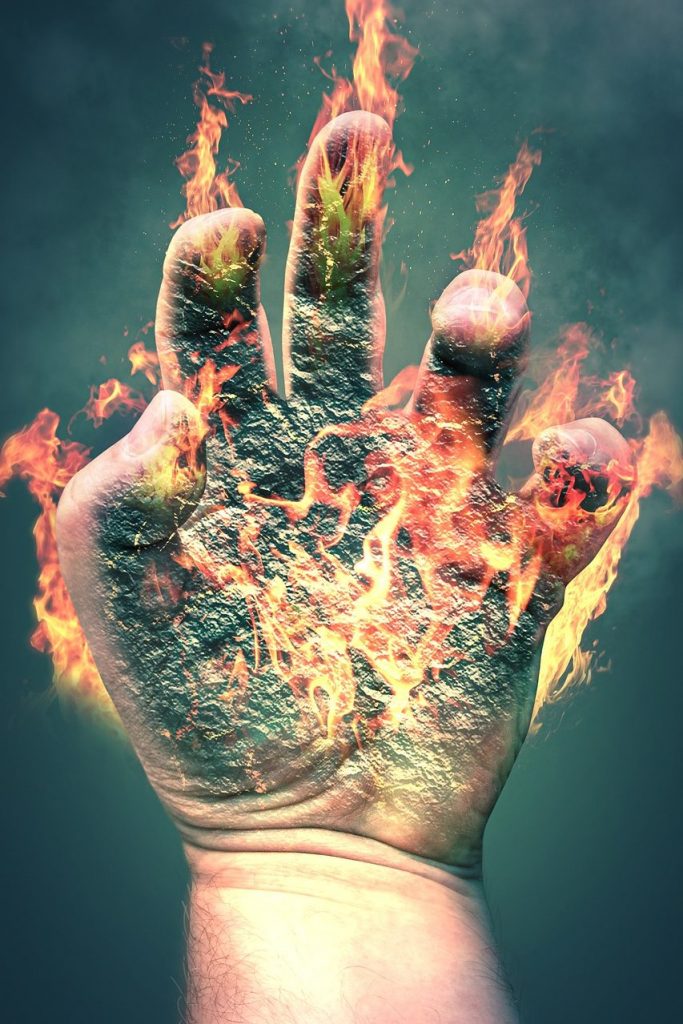
A few years ago, due to a strong blow, I suffered an injury to the Achilles tendon in my left foot. The doctors recommended that I rest, that I use crutches, and a cast. The fact is that I spent almost two years at rest, taking all kinds of tests and not being able to play sports, and what I got was to be able to walk with some discomfort.
Then, already desperate, they recommended me to visit a physiotherapist specializing in tendinitis, a professor at the University of Murcia, and the first thing he told me was that I should start exercising so that that tendon could recover properly. The fact is that I began to perform eccentric exercises, to run very progressively and in about 3 months I was playing football.
In summary and to conclude, for two years I made a passive recovery, and got a partial improvement. Then I made an active recovery and in just three months I got a complete improvement. There are many studies done on elite athletes that show that active rest is much more effective than total rest.
Then we can define“Active rest” or “Active recovery” as a training that tells us what to do when we are resting to recover much more quickly.
You can visit this page if you want to know more about active rest: https://aptavs.com/articulos/que-es-la-recuperacion-activa-descanso-activo-beneficios
How to take an active rest
In summary, and in my experience, to perform an active rest, there would be three types of exercises Aerobic Exercises:
- Aerobic Exercises:These are exercises of low intensity but carried out for longer periods of time. The most common examples are:
- Walk
- To run
- To swim
- Bicycling.
Aerobic exercises are always recommended and even more so for musicians, whose life is usually sendentary. I don’t think it is necessary to talk much about these types of exercises, since everyone knows them and any low intensity physical activity that lasts more than half an hour can be considered an aerobic exercise.
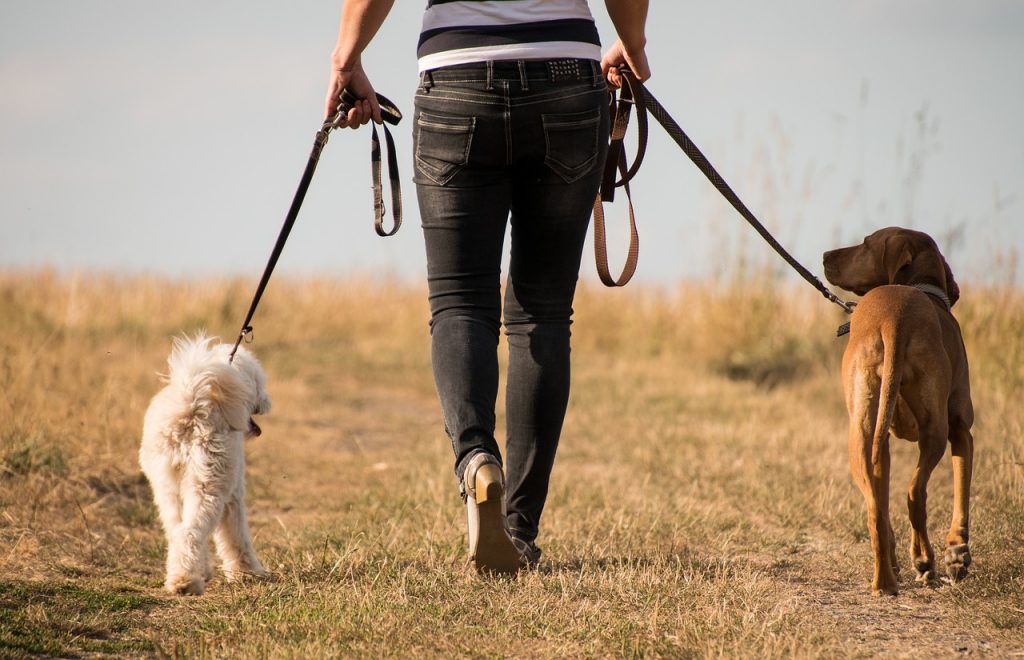
- Stretches: They are gentle and normally maintained exercises with the aim of maintaining or gaining flexibility and avoiding tension. They usually go in combination with joint mobility exercises.
- Non-Aerobic Specific Exercises: These are exercises to work specific areas related to our instrumental practice, usually of more intensity than aerobics and that are not necessarily linked to an increase in heart rate.
When to do it?
There are sports studies that show that incorporating active rest in the training session provides many benefits and favors a faster recovery, but… is this possible? We as musicians, after a performance, we are not going to go running or riding a bike, because most of the time it is impossible. So what can we do? and… How do I do it? Well, what I usually do is incorporate specific warm-up exercises before and after the study or performance session. Also, to conclude I do some very soft stretches.
For me, aerobic exercise is different from the active recovery exercises I do in study sessions. As an aerobic exercise, I walk every day for about an hour and one or two days a week I do more intense exercise such as spinning, swimming or running.
In this article I am going to focus on the specific exercises I do, when I do them, and what tools I use. In the next article I will talk about the stretches that have worked best for me in my day to day.
«The little ball» (HandMaster Plus)
To perform the specific exercises of my active recovery I use what I call “The Ball” (HandMaster Plus). This tool has changed my days. I discovered this remedy about two years ago when I suffered from epicondylitis, an injury also known as “Tennis Elbow” and it helped me to recover perfectly. Since then I use it daily to warm up and in my recoveries, and I have not injured myself again.
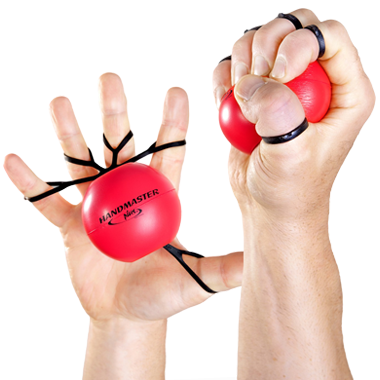
This ball differs from others in that it strengthens the 9 muscles that open the hand, and the 9 that close it (flexors and extensors), thus providing good health of our muscles, improving our recovery and preventing possible injuries such as tendinitis and muscle overloads.
With this ball you can perform many exercises, but I only do the most basic. It consists of opening the hand and holding for a second, and closing the hand and holding another second. There, it’s that easy. I usually do two sets of 30 reps on each hand to warm up, and another two at the end of the study. That suits me well, but in your case you may have to do more or less repetitions. The creators of HandMaster Plus recommend exercising until you feel a pleasant feeling of fatigue, so each person is different.
I really recommend it 100% and it only takes me about two or three minutes to do the exercise. Try it and you will notice the difference.
What resistance should I choose?
HandMaster Plus sells three different resistors and differentiates them by color. Blue is the softest, red is intermediate, and yellow is the strongest. I never recommend starting with yellow, especially if you suffer an injury or discomfort. If your case is the latter you have to start, yes or yes, with the softest (blue) and change to the next resistance progressively throughout your recovery, always following the instructions of your physiotherapist or specialist doctor.
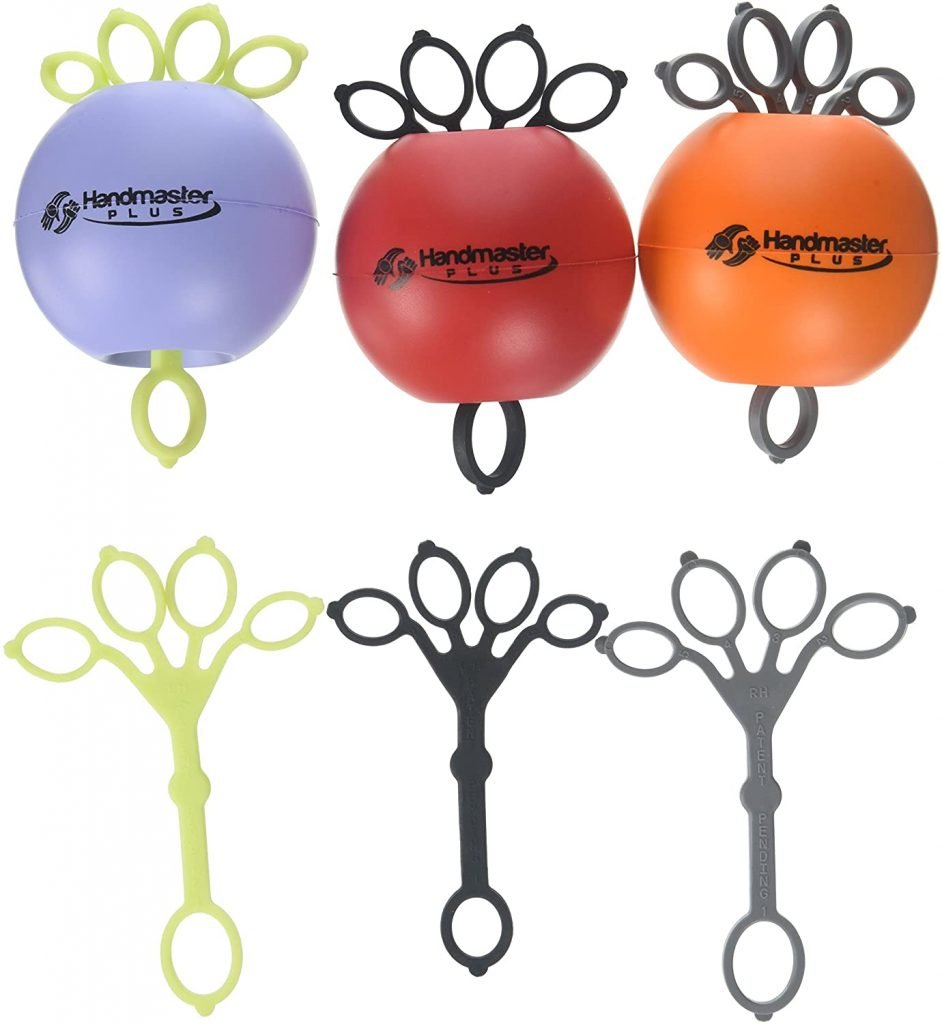
In my case I started with red, because by nature I have a lot of strength in my hands. But I recommend you start with the softest one and that way you will not fail. Remember that the objective of incorporating this tool into our day to day is to help you in your recovery and never cause you more fatigue.
I hope my experience has helped you and you found the article useful. If you want to get one or more “Balls” you can do it from the links below and in this way you will also be collaborating with us and help us to continue creating this type of free content.
Thanks a lot
I leave you this explanatory video from the creators of HandMaster Plus with all the exercises you can do.
References
https://www.handmasterplus.com
https://aptavs.com/articulos/que-es-la-recuperacion-activa-descanso-activo-beneficios

